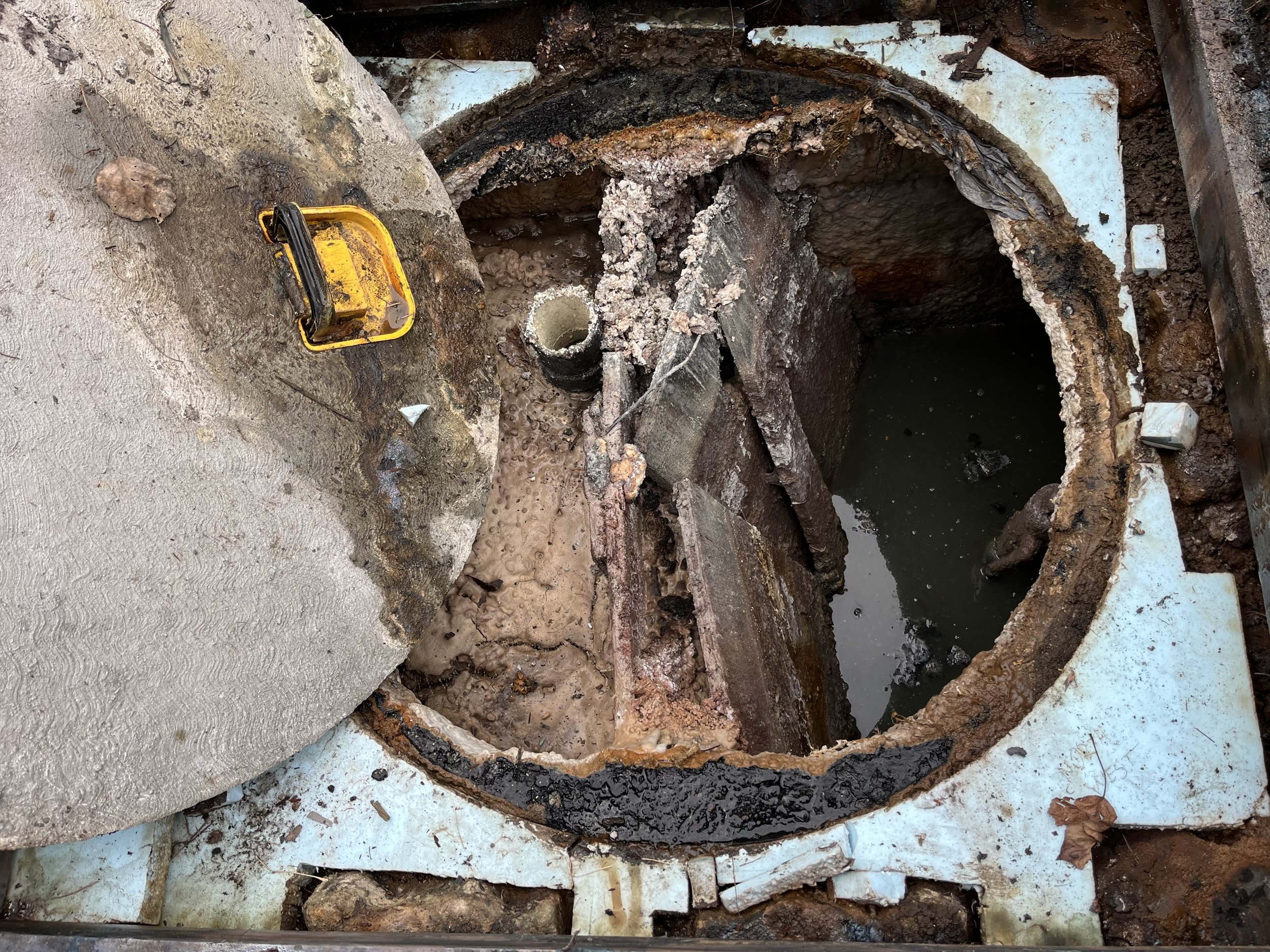Handling a Cracked Septic Tank: Steps and Solutions
Dealing with a cracked septic tank can be stressful and overwhelming, but timely action is crucial to prevent further damage and ensure the proper functioning of your septic system. In this article, we'll delve into what steps you should take if you discover a crack in your septic tank, along with the importance of risers and lids in maintaining your system.
Understanding the Issue
A cracked septic tank poses significant risks to both your property and the environment. If left unaddressed, it can lead to sewage leaks, groundwater contamination, foul odors, and even structural damage. Therefore, prompt attention is essential.
Step 1: Assess the Situation The first step is to carefully assess the extent of the damage. Inspect your septic tank visually for any signs of cracks or fractures. These may appear as visible gaps, damp spots, or even a sinking or uneven surface around the tank area.
Step 2: Contact a Professional Once you've identified a crack, it's crucial to contact a licensed septic system professional immediately. Attempting to repair a cracked septic tank on your own can worsen the damage and result in costly repairs down the line. A qualified technician will conduct a thorough evaluation and recommend the most suitable course of action.
Step 3: Evaluate Repair Options Depending on the severity and location of the crack, repair options may vary. In some cases, minor cracks can be patched using specialized sealants or epoxy compounds. However, more extensive damage may require structural repairs or even tank replacement. Your septic professional will advise you on the best solution based on your specific situation.
A DIY repair that led to requiring complete tank replacement.
Damaged Baffle Walls
In addition to cracks in the septic tank itself, another issue that may arise is damage to the baffle walls. Baffle walls are partitions within the septic tank that help control the flow of wastewater, separating the inlet and outlet chambers.
When baffle walls become damaged or deteriorated, they can disrupt the proper functioning of your septic system. Common causes of damage to baffle walls include corrosion, root intrusion, and structural deterioration over time.
If you suspect that your septic tank's baffle walls are damaged, it's crucial to address the issue promptly to prevent further complications.
Importance of Risers and Lids
In addition to addressing cracks, it's essential to ensure that your septic system is equipped with risers and lids. These components play a crucial role in facilitating regular maintenance and inspection, as well as protecting your tank from external elements.
Risers: Risers are vertical extensions installed on the access points of your septic tank, such as the inlet and outlet pipes. By raising these access points to ground level, risers eliminate the need for excavation during routine maintenance tasks, such as pumping and inspection. This not only saves time and labor but also minimizes disruption to your property.
Lids: Lids, or covers, seal the openings of the risers to prevent debris, pests, and unauthorized access to your septic tank. They also provide a secure barrier against surface water infiltration, which can overload and compromise your system. Regularly inspecting and maintaining these lids is essential to ensure they remain intact and functional.
Conclusion
Discovering a cracked septic tank can be daunting, but with prompt action and professional assistance, you can mitigate the risks and restore the integrity of your system. Remember to prioritize regular maintenance and invest in risers and lids to safeguard your septic tank against future damage. By staying proactive, you'll not only protect your property but also contribute to a healthier environment for generations to come.


